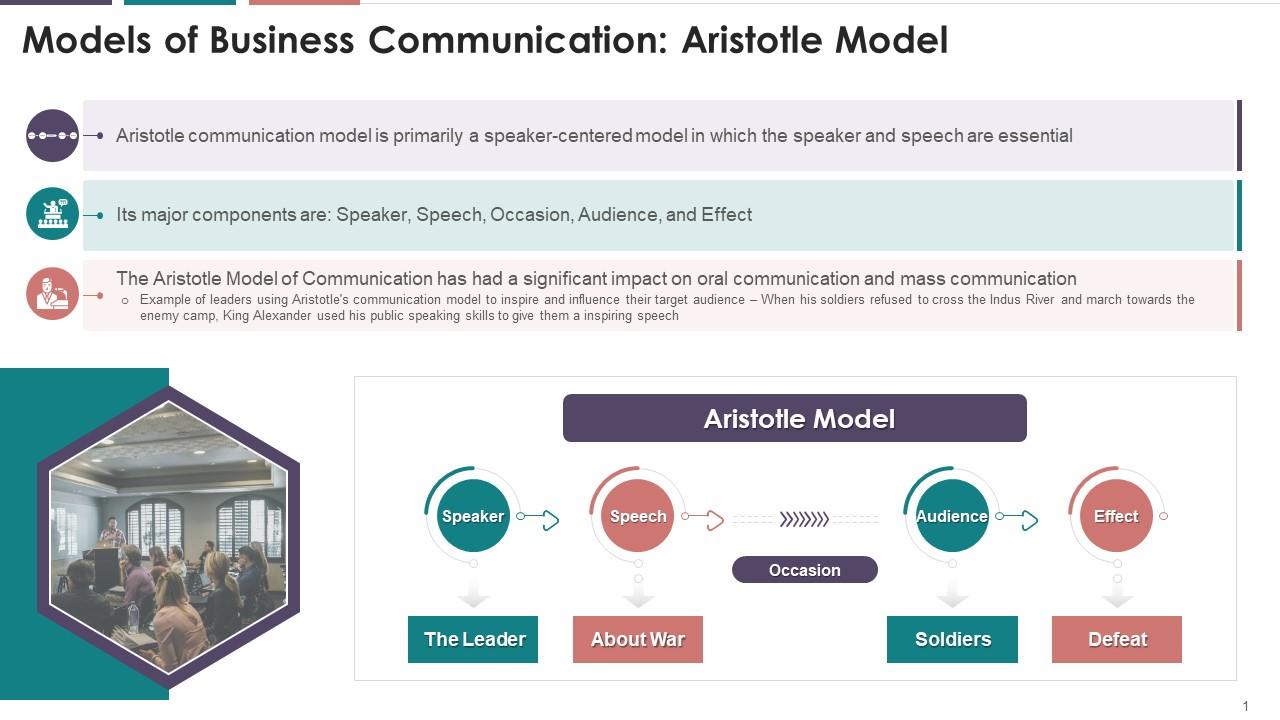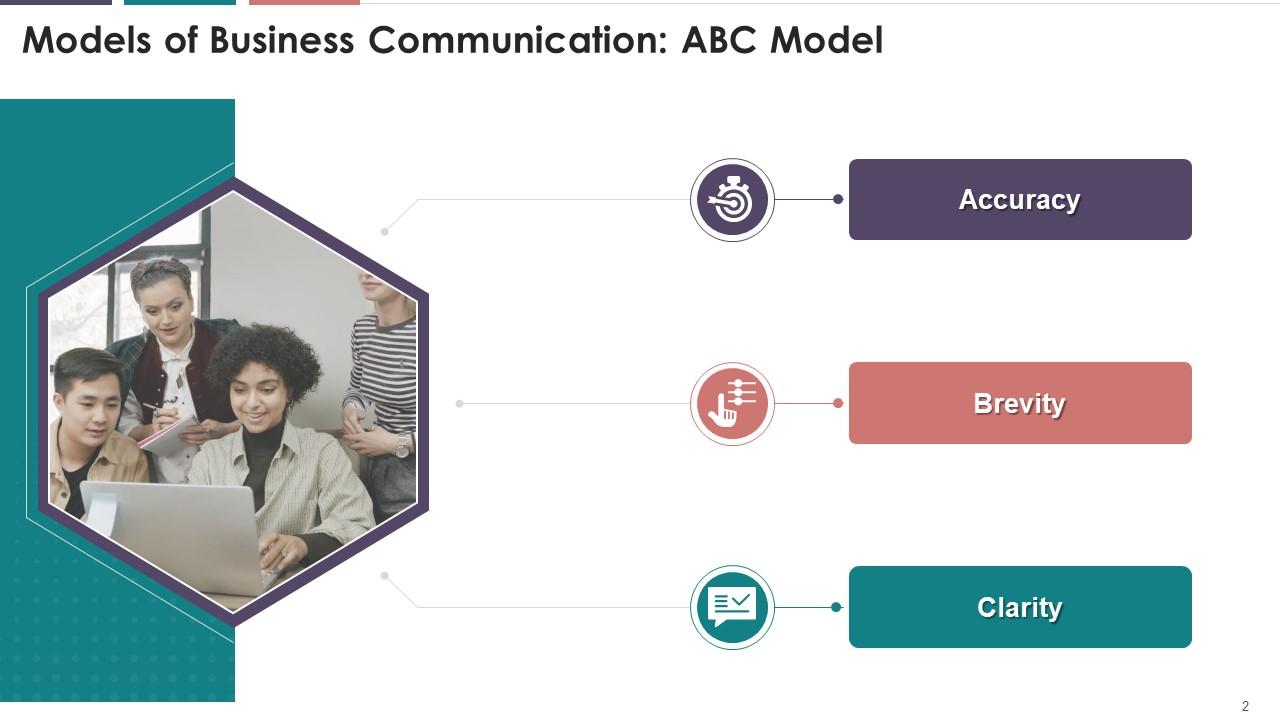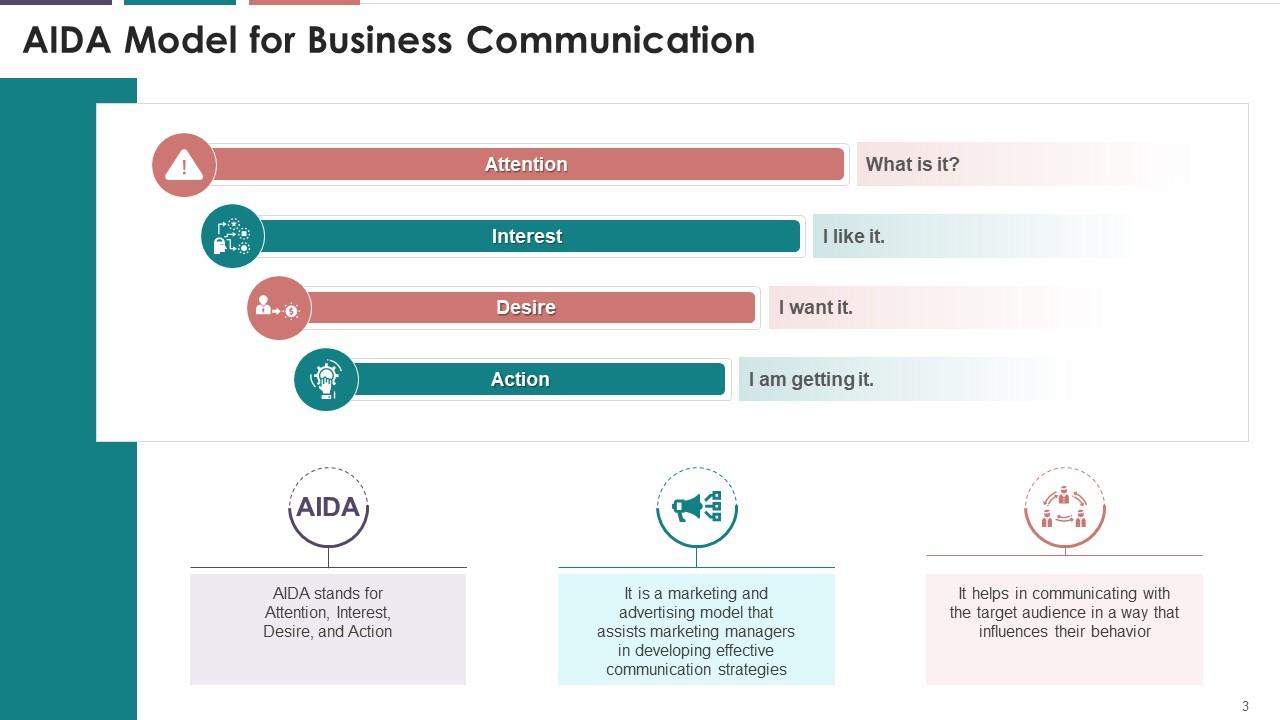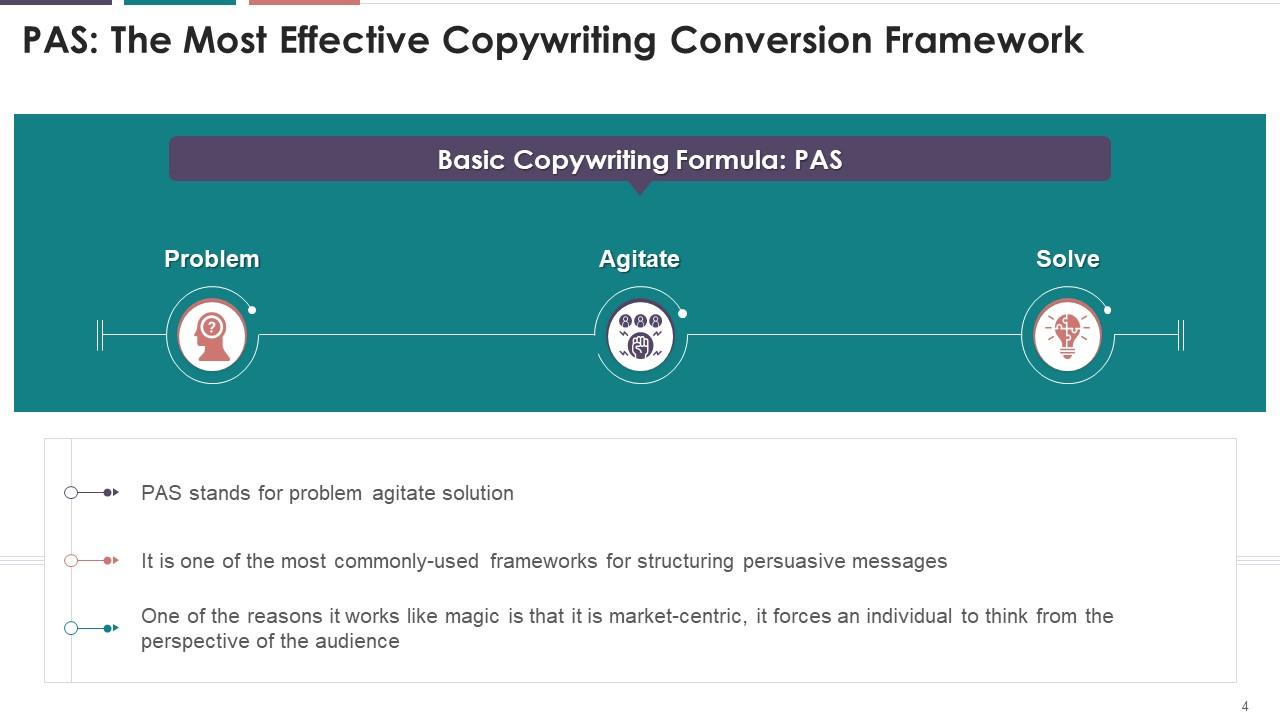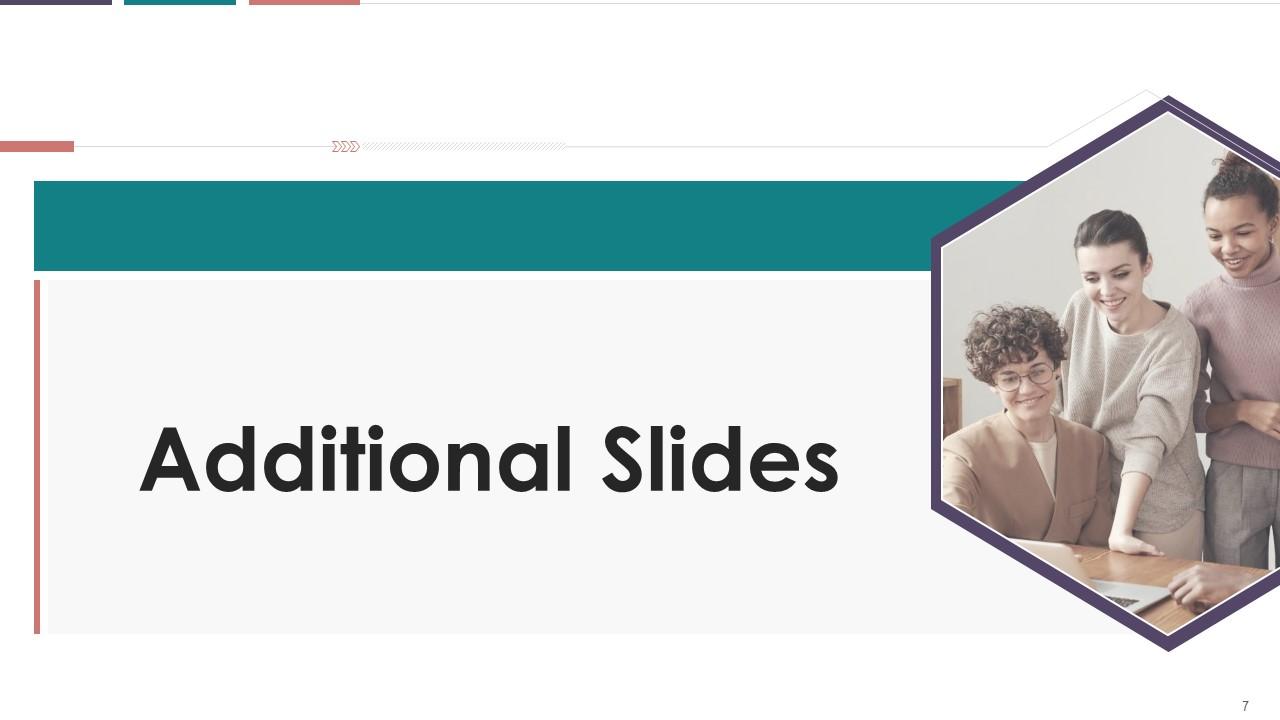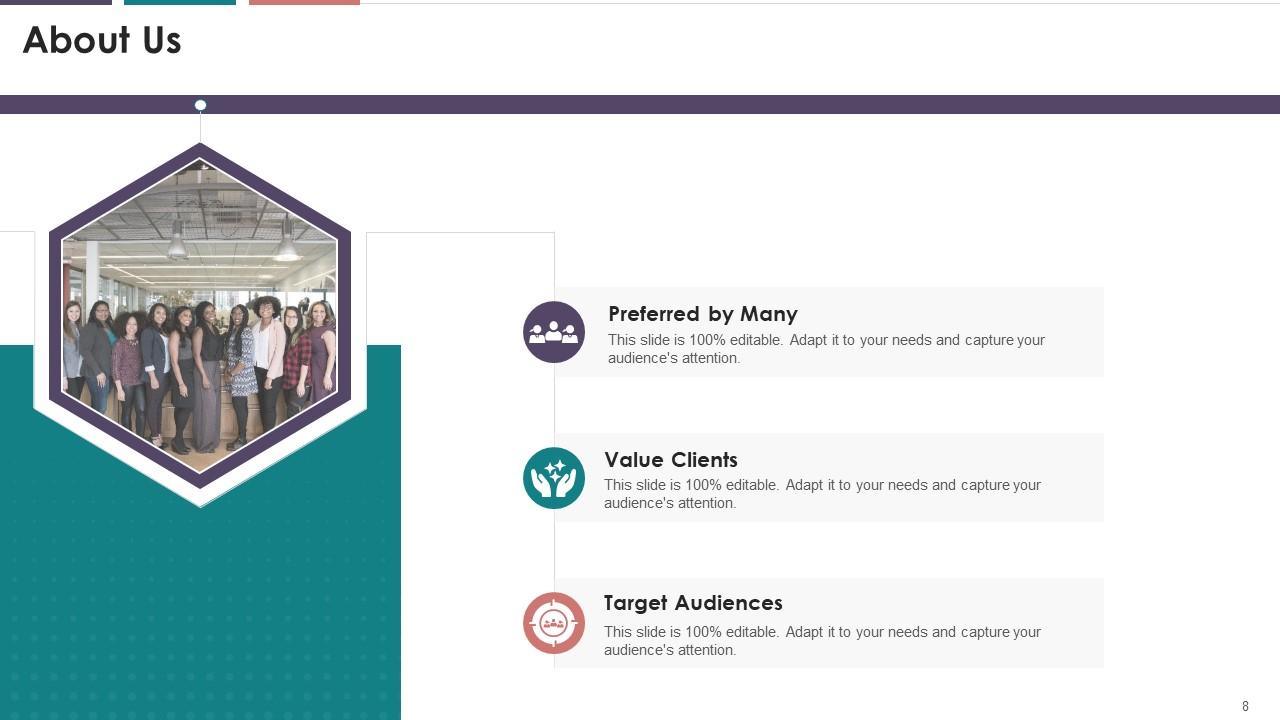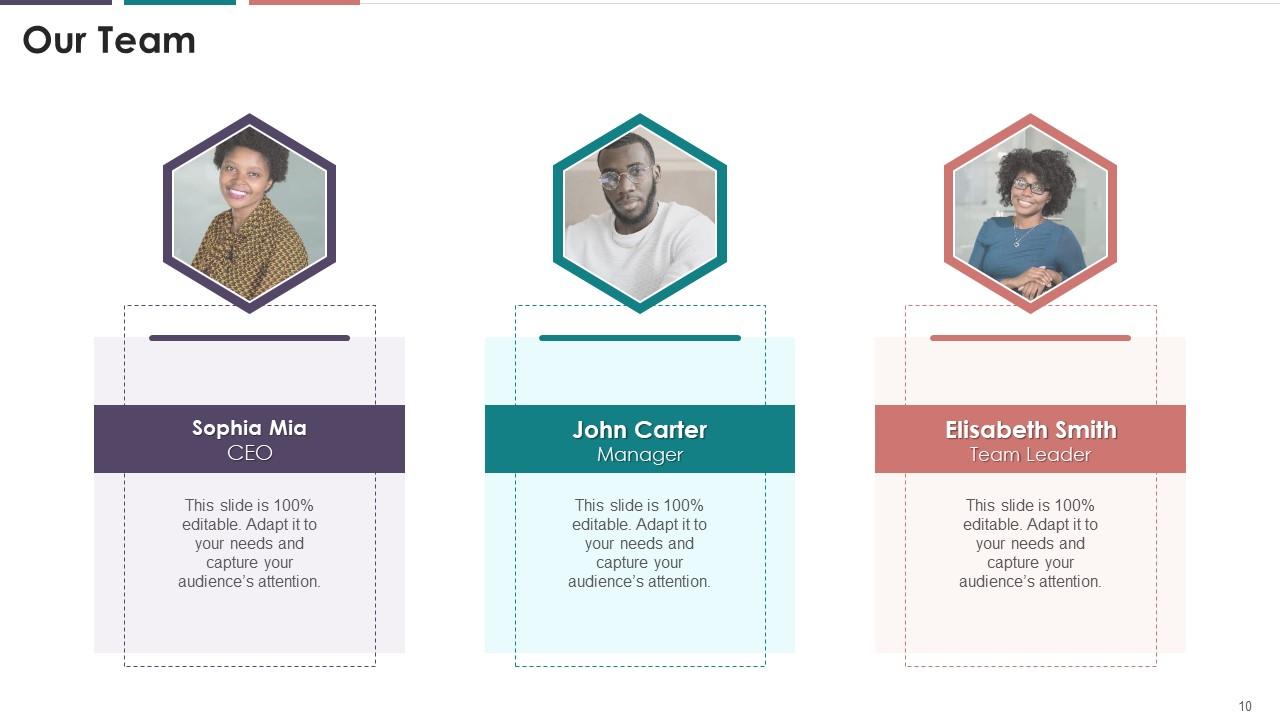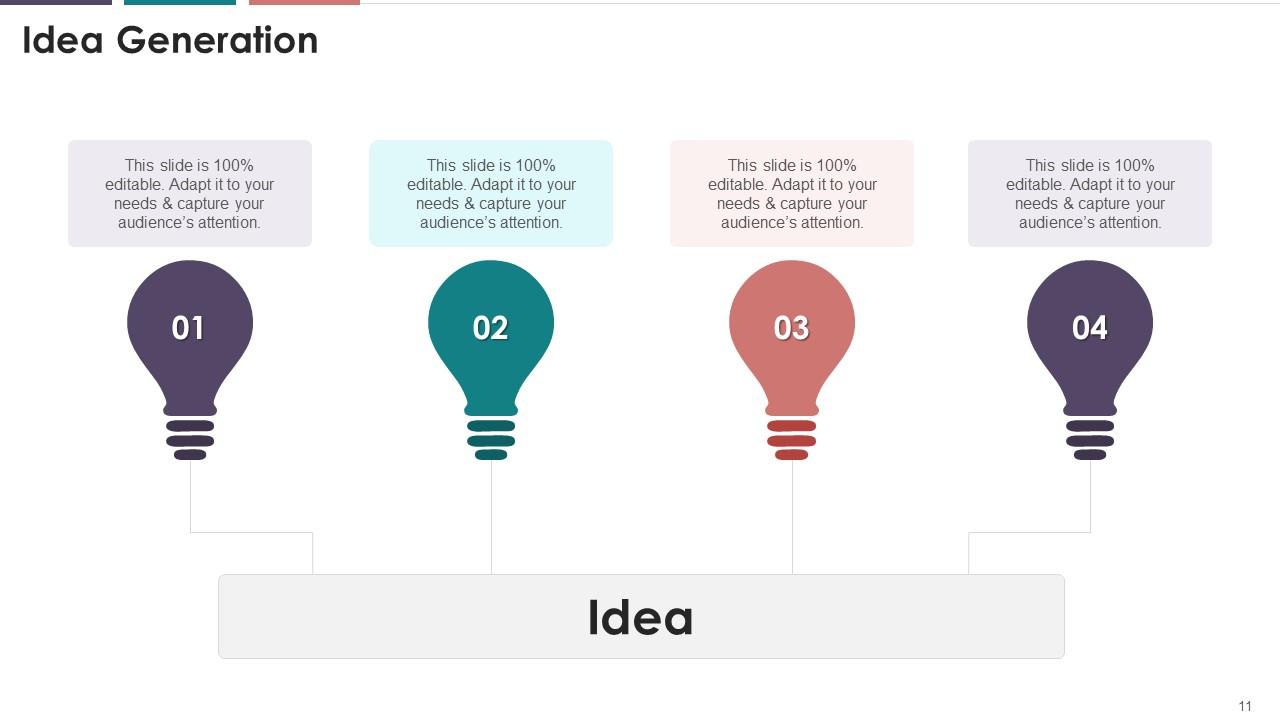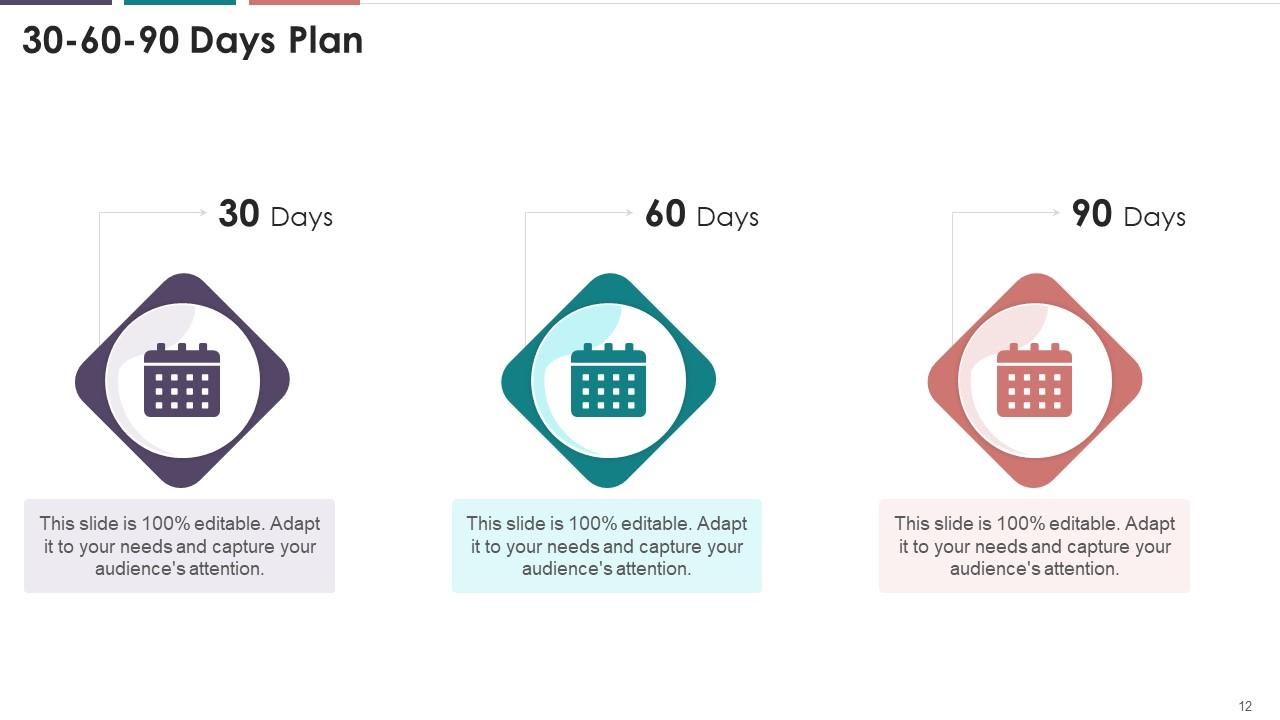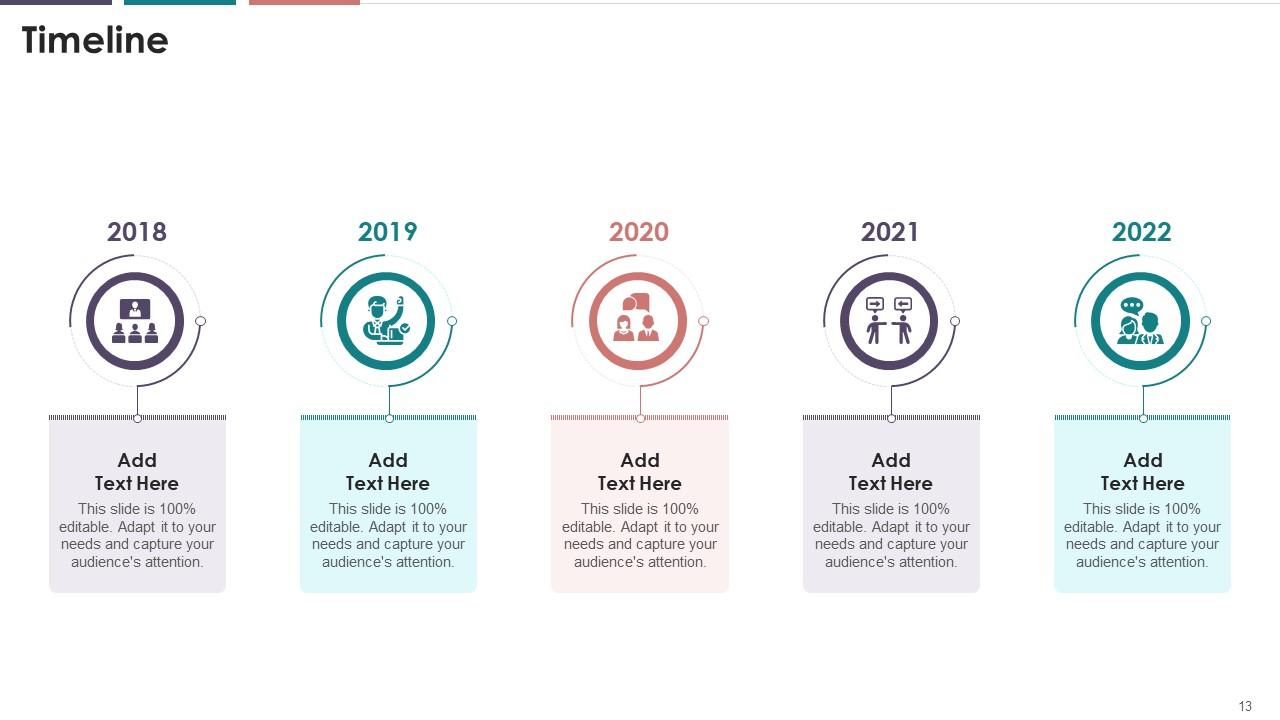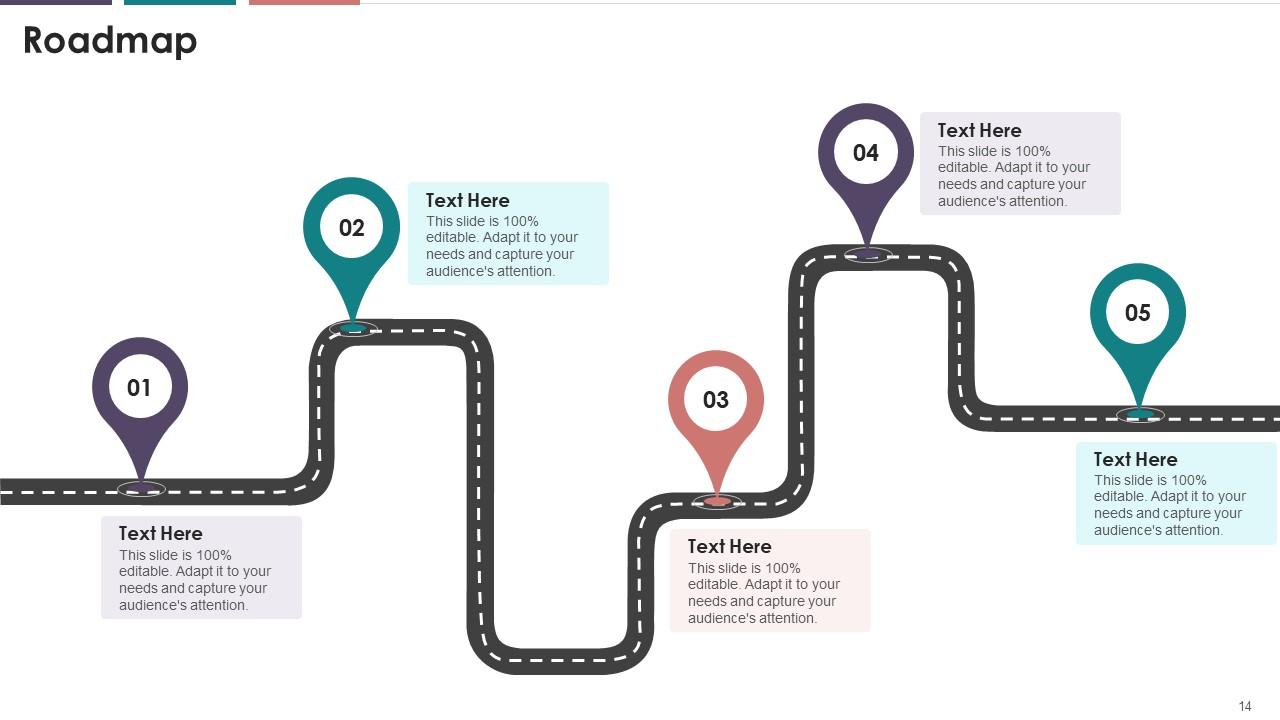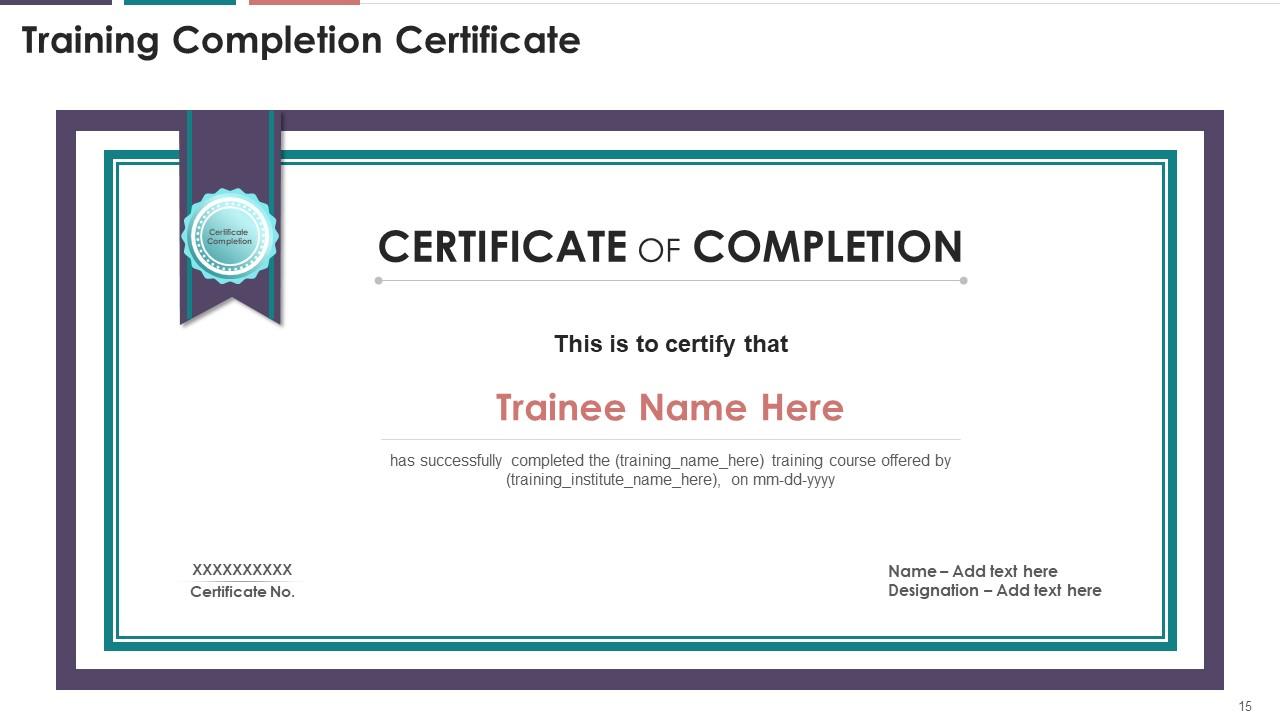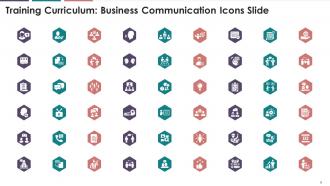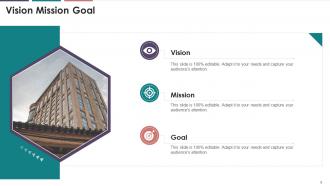Different Models Of Business Communication Training Ppt
This deck includes different business communication models, such as Aristotle, ABC Accuracy, Brevity, Clarity, AIDA Attention, Interest, Desire, Action, and PAS Problem, Agitate, and Solve.
- Google Slides is a new FREE Presentation software from Google.
- All our content is 100% compatible with Google Slides.
- Just download our designs, and upload them to Google Slides and they will work automatically.
- Amaze your audience with SlideTeam and Google Slides.
-
Want Changes to This PPT Slide? Check out our Presentation Design Services
- WideScreen Aspect ratio is becoming a very popular format. When you download this product, the downloaded ZIP will contain this product in both standard and widescreen format.
-

- Some older products that we have may only be in standard format, but they can easily be converted to widescreen.
- To do this, please open the SlideTeam product in Powerpoint, and go to
- Design ( On the top bar) -> Page Setup -> and select "On-screen Show (16:9)” in the drop down for "Slides Sized for".
- The slide or theme will change to widescreen, and all graphics will adjust automatically. You can similarly convert our content to any other desired screen aspect ratio.
Compatible With Google Slides

Get This In WideScreen
You must be logged in to download this presentation.
PowerPoint presentation slides
Presenting Different Models of Business Communication. This PPT presentation is thoroughly researched by the experts, and every slide consists of appropriate content. All slides are customizable. You can add or delete the content as per your need. Download this professionally designed business presentation, add your content, and present it with confidence.
People who downloaded this PowerPoint presentation also viewed the following :
Content of this Powerpoint Presentation
Slide 1
This slide depicts the information regarding Aristotle's communication model. It demonstrates that Aristotle's communication model is primarily speaker-centered in which the speaker, and speech is essential. The major component of the model is Speaker, Speech, Occasion, Audience, and Effect.
Instructor’s Notes:
The five primary elements of Aristotle Model of Communication are used in this example: speaker, speech, occasion, audience, and effect.
- Speaker: The Leader
- Speech: About war and victory
- Occasion: Battlefield
- Audience: Soldiers and other army personnel
- Effect: Defeat the enemy and end the battle
Slide 2
This slide depicts the ABC model of business communication, and it highlights the elements of the ABC Model that are accuracy, brevity, and clarity.
Instructor’s Notes:
The ABC Model of Communication is as follows:
Accuracy: It is a critical aspect of communication. It includes correct information matching expression. The information must be accurate and well-expressed. Overwriting, misspellings and grammatically incorrect structures are all causes of misunderstanding. Accuracy of expression necessitates the absence of spelling, punctuation, grammar, or usage errors
Brevity: The quality of being brief is referred to as brevity. It's an eye-catching feature of written communication. Brevity means conveying as much information as possible in the fewest words. It is possible to achieve this by avoiding wordiness and repetition
Ways to achieve brevity in writing:
- Replace several vague words with more powerful and specific ones
- Join sentences
- Eliminate redundant wording
- Remove words that state the obvious or go into excessive detail
- Begin each sentence with the subject
- Eliminate redundancy
- Long phrases and sentences are a big no
- As far as possible, use the active voice
Clarity: The message should be clear, well-planned, and logically expressed. There should be no ambiguity. Clearly written messages reduce misunderstandings and save time. Expressions that are vague or ambiguous must be avoided. Readability is made possible by clarity. Clear, simple, familiar, precise, specific words, phrases, and expressions should improve readability.
The factors that influence clarity are as follows:
- Always use words that are simple, common, and meaningful. Avoid using technical terms and jargon
- Use short, simple sentences since long sentences can be confusing to the reader
- While writing, use proper punctuation it aids comprehension
- Provide definite and concrete details with facts and figures
Slide 3
This slide illustrates the AIDA model of communication with the respective letters standing for Attention, Interest, Desire, and Action. It is a marketing and advertising model that assists marketing managers in developing effective communication strategies.
Instructor’s Notes:
Here's what you can do to implement AIDA
- Attention: Your target audience will become curious about what your company does if your content can capture their attention and deeply engage them. At this point, the consumer is wondering, "What is it? “ You must first get your content in front of them to get to this stage. This is accomplished through increased brand awareness and effective messaging
- Interest: Once your target audience is interested in your product or service, they will want to learn more about your brand, the benefits of your solution, and how you might fit with them. The goal at this point is to get them to say, "I like it“
- Desire: Create desire for your product or service by making an 'emotional connection' and displaying your brand's personality. Change the consumer's opinion from "liking" to "wanting" it
- Action: Encourage the buyer to interact with your company and take the next step, such as downloading a brochure, making a phone call, signing up for your newsletter, or engaging in live chat, etc.
Slide 4
This slide depicts an effective copywriting conversion framework, i.e., PAS (Problem, Agitate, Solution). It highlights that PAS is one of the most commonly-used frameworks for structuring persuasive messages. It mentions that PAS is a market-centric model, and it forces an individual to think from the perspective of its audience.
Instructor’s Notes:
How PAS works:
- Problem: Describe the issue that your prospect is experiencing
- Agitation: Entails poking at a problem until it becomes emotive
- Solution: Present your solution to the agitated problem
Example:
- Problem: Finding the ideal hotel can be difficult. It's almost too stressful to bother with
- Agitate: Researching all of your options, determining how far away the local hotspots are, and reading reviews from previous 'guests.' Then there's the matter of cost
- Solution: com makes it simple to find the best hotel deals. We compare hundreds of travel websites for you to ensure that you get the best hotel deal possible
Different Models Of Business Communication Training Ppt with all 20 slides:
Use our Different Models Of Business Communication Training Ppt to effectively help you save your valuable time. They are readymade to fit into any presentation structure.
-
SlideTeam has helped me take my presentation to the next level. Everyone at the office is impressed! I’ll be using their designs for a long-long time.
-
“Superb. What a great finding. Thankful for SlideTeam. We were paying people to make slides which went all in vain. We are so happy to have found you.”


